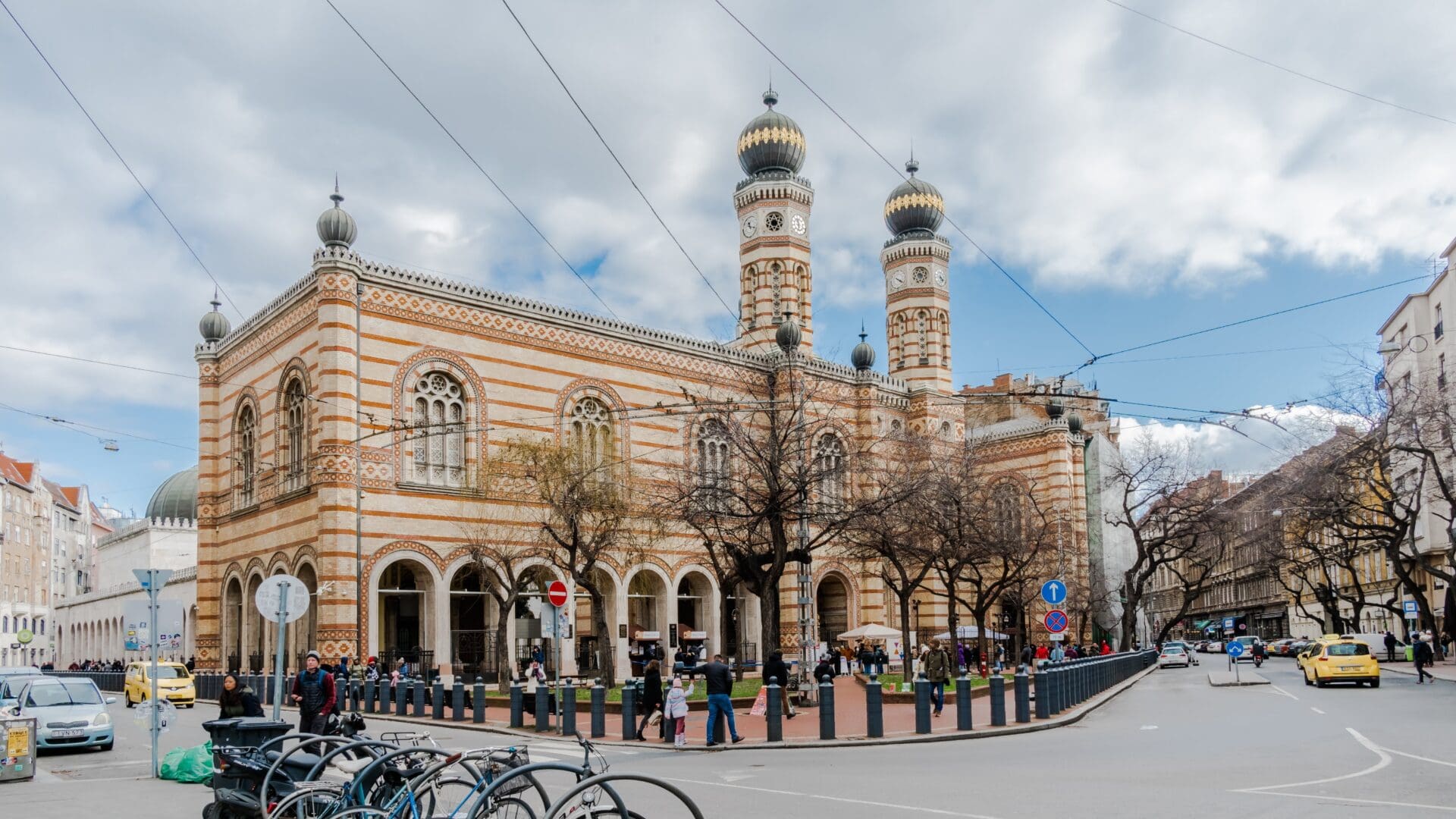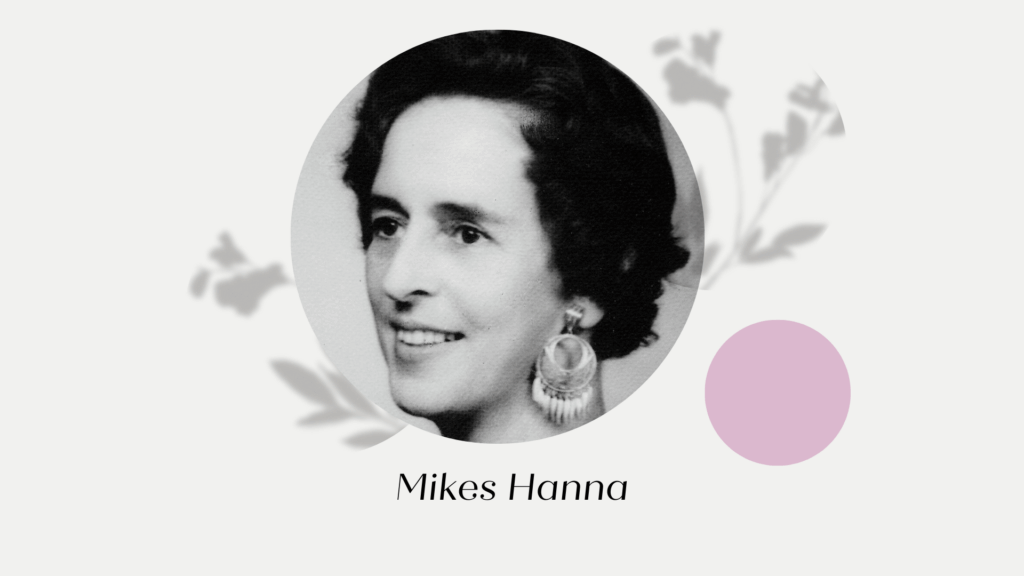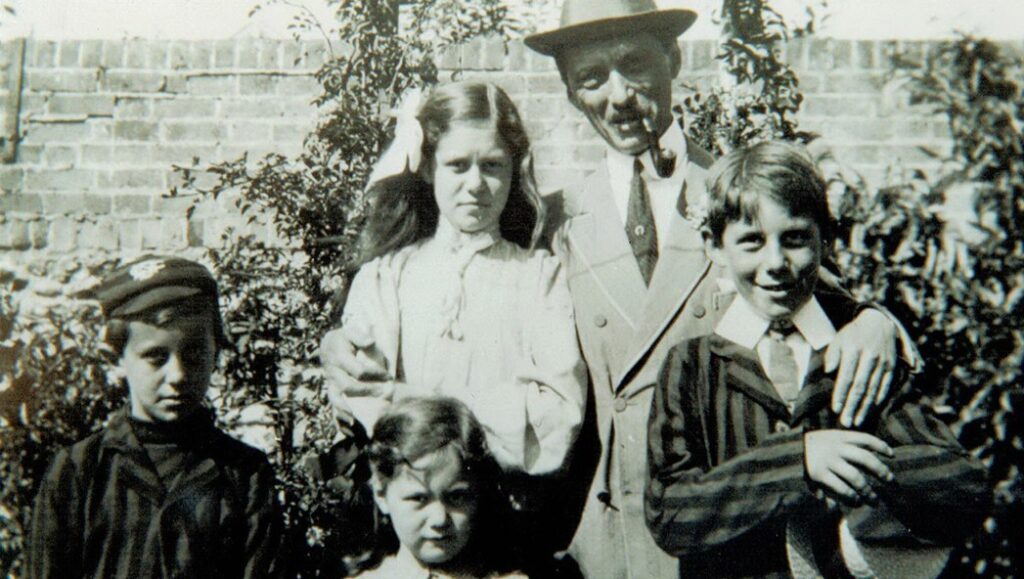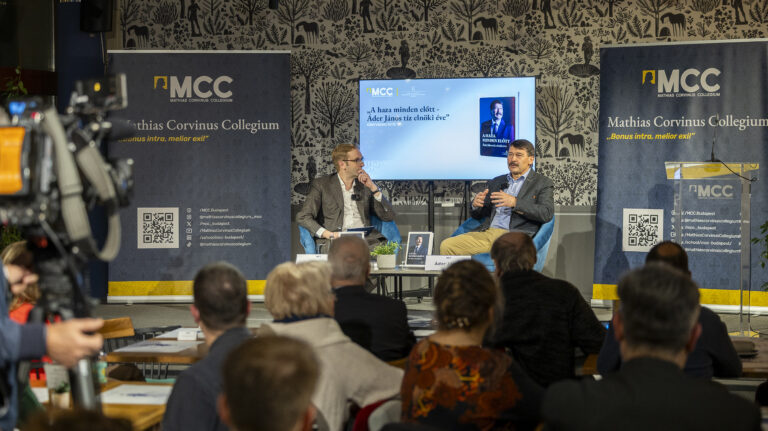In the 18th century, Jewish life in Hungary was chiefly concentrated in two cities: Óbuda and Pozsony (Bratislava in Slovakia today). However, during the 19th century, two generations were sufficient for Pest to assume primacy, both in terms of demographics and cultural advancements. The records of the Jewish census held in 1727 describe the city of Pest as follows: ‘…and we don’t even allow anyone [Jews] to stay here, except in case of necessity, or if nightfall surprises them, or they have business at the royal court.’[1]
Until the last part of the 18th century, the city indeed refused to accept Jews. However, on 31 March 1783, Emperor Joseph II’s decree abolished this deeply ingrained prejudice. Their settlement became permissible in the free royal cities, with mining towns being the only exception. Thus, Jews came to Pest, primarily to the Terézváros district and the Inner City. According to official records, in 1787, there were fourteen so-called ‘tolerated’ and 114 ‘settled’ Jews on the left bank of the Danube. In the same year, their first prayer house was established on today’s Király Street.
A few decades later, the Vienna community started building its majestic synagogues, which greatly impressed visiting Hungarian Jews. Perhaps many felt that the worship services in Király Street could no longer serve the ever growing community. It is interesting to note that already at this time,
the services were rather liberal, at least compared to contemporary Orthodox practices in the countryside.
Regarding the precedent of synagogue construction, Sándor Büchler wrote in his 1901 publication on the Dohány Street temple:
‘The plot of land upon which the mighty and impressive grand temple was built once belonged to Baron Antal Baldácsy. The house upon it, along with its associated garden, was leased to the Jewish community by the baron on 14 May 1837, for thirty-two years. The community, at the same time, paid him 47,000 Hungarian forints and fifty Austrian gold ducats. The Jews would have liked to purchase it in perpetuity, but this was prevented by the fact that Jews were still not allowed to acquire real estate in certain imperial cities, including Pest, at that time. Due to Pest’s rigor, they had to place their religious and cultural institutions in rental houses, incurring substantial costs. In 1812, their request to be granted the opportunity to purchase land for synagogue and school construction was rejected. A similar attempt in 1825 also ended in failure.’
The community finally decided that a larger temple was needed in 1845. The liberal Jewish leaders at the time vouched for a temple with an organ and a choir, perhaps foreshadowing the eventual schism between the Orthodox and Neolog factions. In response to a public competition, József Hild presented a neoclassical design, while Frigyes Feszl proposed a Byzantine-style building. Ultimately, Ludwig Förster—a German architect who taught at the Vienna Academy— and his Moorish-style design was accepted.
The synagogue was finished in August and inaugurated on 6 September 1859.
It became for a long time a majestic symbol of Hungarian–Jewish symbiosis,
as national anniversaries, especially 15 March, were regularly celebrated. Mourning services were also held on the occasion of the deaths of great Hungarian statesmen. In addition to the regular services, the synagogue also hosted a number of special events. On 20 December 1860, a ‘Jewish–Hungarian brotherhood’ ceremony was held, attended by statesmen, scholars, writers and artists, and the first time the Szózat was sung in a Jewish synagogue. On 8 April 1861, a memorial service was held for István Széchenyi, and in 1894 for Lajos Kossuth.
Between 1929 and 1931, the whole synagogue was renovated. It was then that the present Jewish memorial, the domed Church of the Heroes, which commemorates Jewish heroes of the First World War, was built and which for a long time, after the Rumbach Street Synagogue was closed down, served as the main house of prayer for the so-called status quo (moderately conservative) Jews of Pest. Today
the Dohány Street Synagogue is the largest synagogue of Hungarian Jewry, and the largest in mainland Europe.
It is located in the former Jewish quarter, where many Jewish people still live today, preserving the traditions to this day.
The synagogue is an important symbol of Hungarian Jewry and a major tourist attraction in Budapest. It also plays an active role in the cultural life of the capital, hosting classical music concerts, festivals, organ concerts and choir performances.
[1] This article is based on the following books: Lajos Kalmár, Gábor Deutsch, Vera Faragó, A Dohány utcai zsinagóga és a Zsidó Múzeum kincsei, Budapest, Alexandra, 2005, and Kinga Frojimovics, Géza Komoróczy, Viktoria Pusztai, Andrea Strbik, Jewish Budapest. Monuments, Rites, History, Budapest, CEU Press, 1998.






